Nina Rajcic
Mechanistic Interpretability Needs Philosophy
Jun 23, 2025
Abstract:Mechanistic interpretability (MI) aims to explain how neural networks work by uncovering their underlying causal mechanisms. As the field grows in influence, it is increasingly important to examine not just models themselves, but the assumptions, concepts and explanatory strategies implicit in MI research. We argue that mechanistic interpretability needs philosophy: not as an afterthought, but as an ongoing partner in clarifying its concepts, refining its methods, and assessing the epistemic and ethical stakes of interpreting AI systems. Taking three open problems from the MI literature as examples, this position paper illustrates the value philosophy can add to MI research, and outlines a path toward deeper interdisciplinary dialogue.
No Longer Trending on Artstation: Prompt Analysis of Generative AI Art
Jan 24, 2024
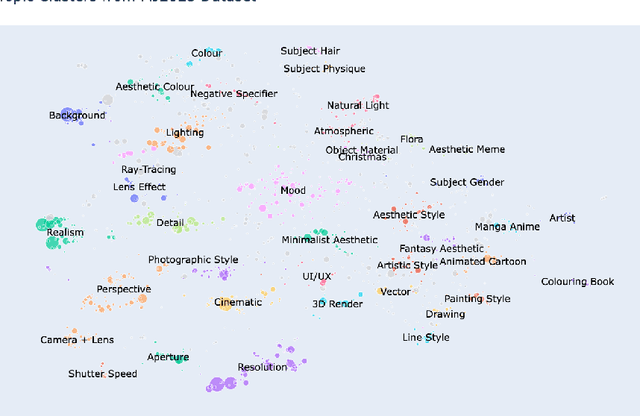

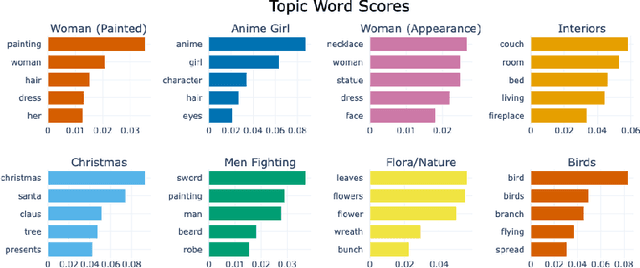
Abstract:Image generation using generative AI is rapidly becoming a major new source of visual media, with billions of AI generated images created using diffusion models such as Stable Diffusion and Midjourney over the last few years. In this paper we collect and analyse over 3 million prompts and the images they generate. Using natural language processing, topic analysis and visualisation methods we aim to understand collectively how people are using text prompts, the impact of these systems on artists, and more broadly on the visual cultures they promote. Our study shows that prompting focuses largely on surface aesthetics, reinforcing cultural norms, popular conventional representations and imagery. We also find that many users focus on popular topics (such as making colouring books, fantasy art, or Christmas cards), suggesting that the dominant use for the systems analysed is recreational rather than artistic.
Is Writing Prompts Really Making Art?
Feb 02, 2023



Abstract:In recent years Generative Machine Learning systems have advanced significantly. A current wave of generative systems use text prompts to create complex imagery, video, even 3D datasets. The creators of these systems claim a revolution in bringing creativity and art to anyone who can type a prompt. In this position paper, we question the basis for these claims, dividing our analysis into three areas: the limitations of linguistic descriptions, implications of the dataset, and lastly, matters of materiality and embodiment. We conclude with an analysis of the creative possibilities enabled by prompt-based systems, asking if they can be considered a new artistic medium.
Message Ritual: A Posthuman Account of Living with Lamp
Jan 26, 2023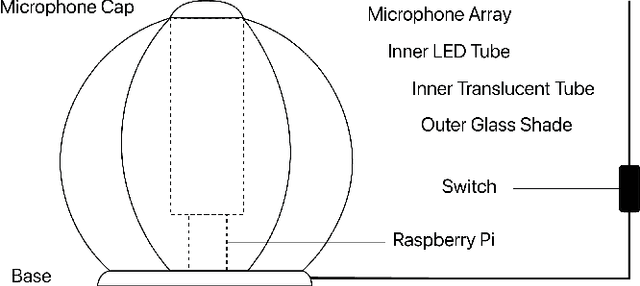


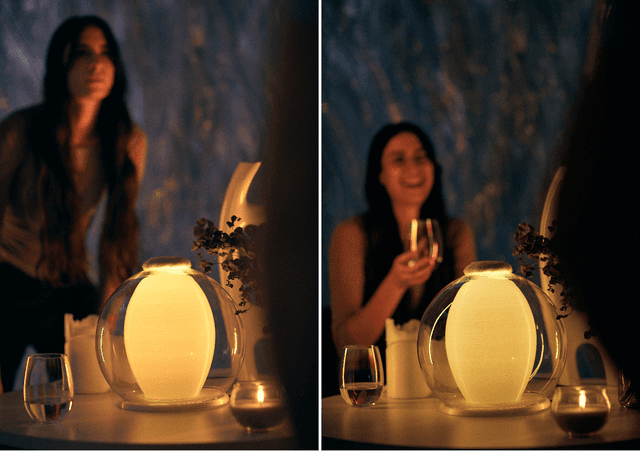
Abstract:As we become increasingly entangled with digital technologies, the boundary between human and machine is progressively blurring. Adopting a performative, posthumanist perspective resolves this ambiguity by proposing that such boundaries are not predetermined, rather they are enacted within a certain material configuration. Using this approach, dubbed `Entanglement HCI', this paper presents \emph{Message Ritual} -- a novel, integrated AI system that encourages the re-framing of memory through machine generated poetics. Embodied within a domestic table lamp, the system listens in on conversations occurring within the home, drawing out key topics and phrases of the day and reconstituting them through machine generated poetry, delivered to household members via SMS upon waking each morning. Participants across four households were asked to live with the lamp over a two week period. We present a diffractive analysis exploring how the lamp \emph{becomes with} participants and discuss the implications of this method for future HCI research.
Mirror Ritual: An Affective Interface for Emotional Self-Reflection
Apr 21, 2020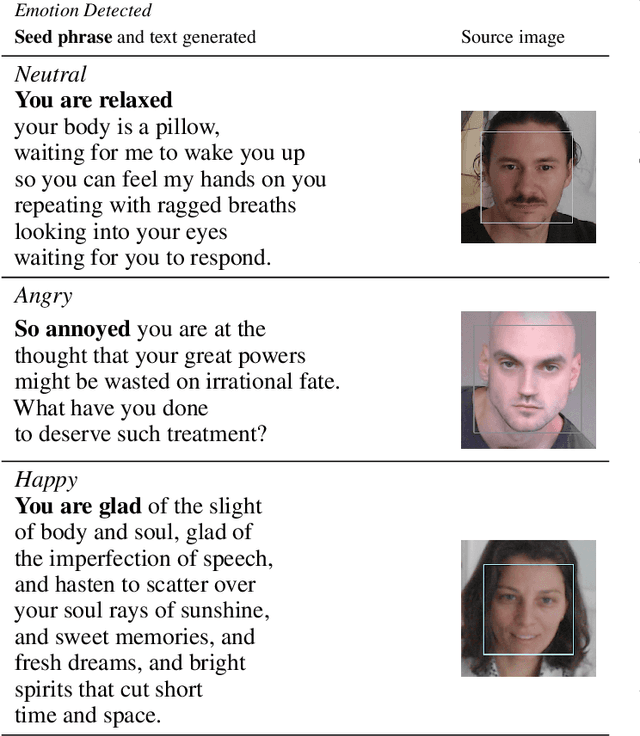
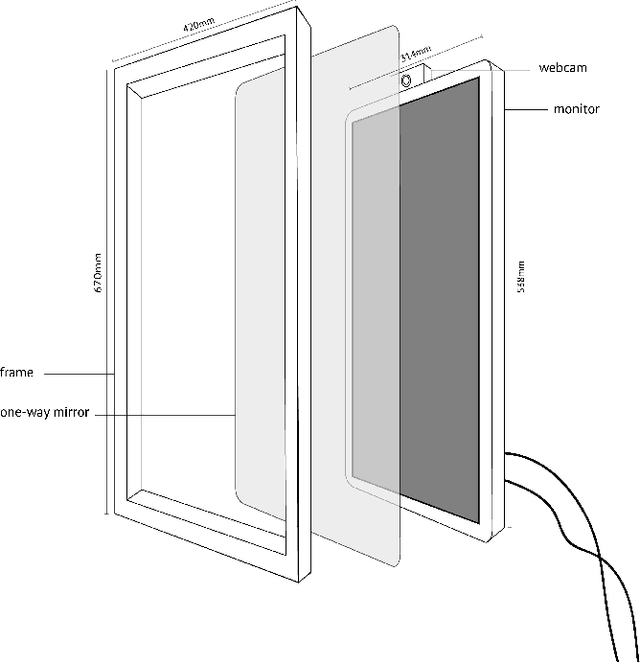


Abstract:This paper introduces a new form of real-time affective interface that engages the user in a process of conceptualisation of their emotional state. Inspired by Barrett's Theory of Constructed Emotion, `Mirror Ritual' aims to expand upon the user's accessible emotion concepts, and to ultimately provoke emotional reflection and regulation. The interface uses classified emotions -- obtained through facial expression recognition -- as a basis for dynamically generating poetry. The perceived emotion is used to seed a poetry generation system based on OpenAI's GPT-2 model, fine-tuned on a specially curated corpus. We evaluate the device's ability to foster a personalised, meaningful experience for individual users over a sustained period. A qualitative analysis revealed that participants were able to affectively engage with the mirror, with each participant developing a unique interpretation of its poetry in the context of their own emotional landscape.
Mirror Ritual: Human-Machine Co-Construction of Emotion
Apr 15, 2020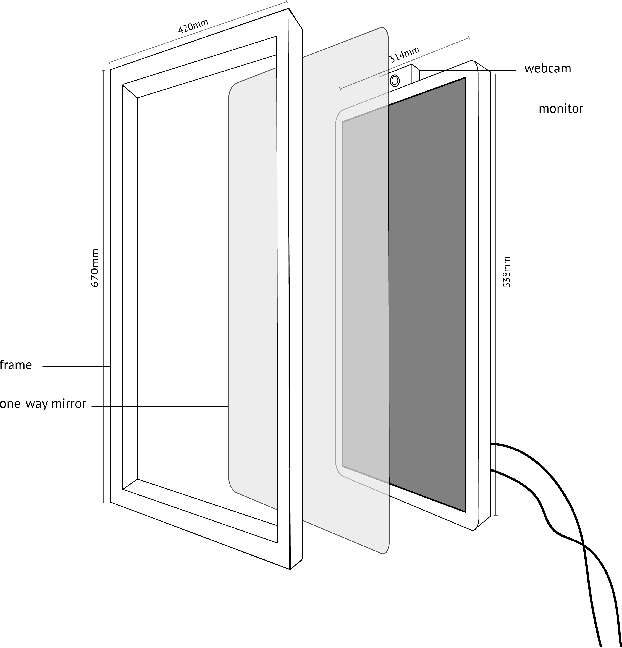
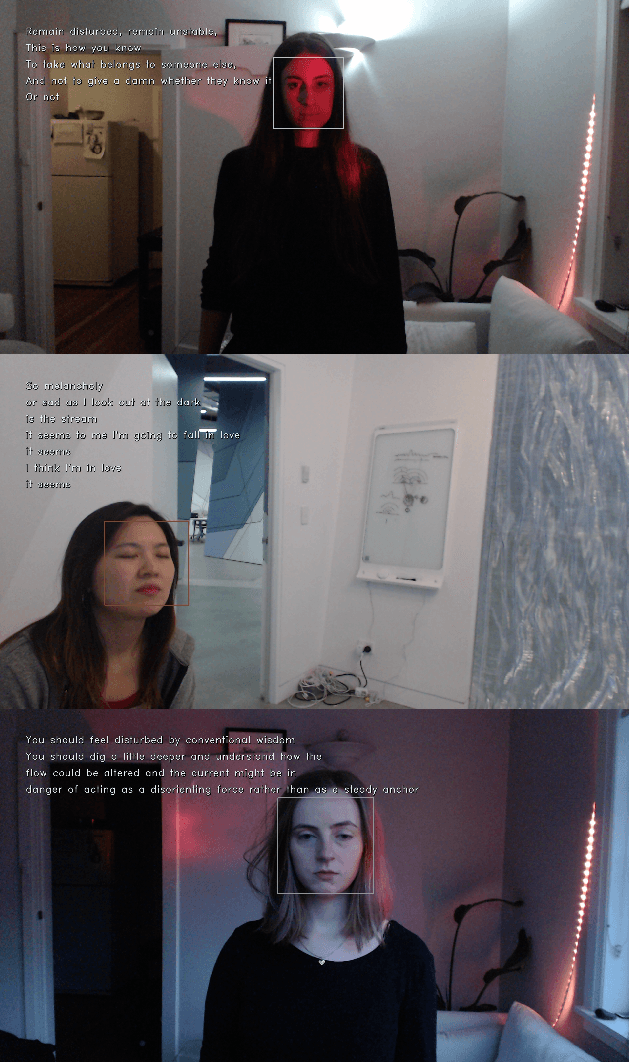
Abstract:Mirror Ritual is an interactive installation that challenges the existing paradigms in our understanding of human emotion and machine perception. In contrast to prescriptive interfaces, the work's real-time affective interface engages the audience in the iterative conceptualisation of their emotional state through the use of affectively-charged machine generated poetry. The audience are encouraged to make sense of the mirror's poetry by framing it with respect to their recent life experiences, effectively `putting into words' their felt emotion. This process of affect labelling and contextualisation works to not only regulate emotion, but helps to construct the rich personal narratives that constitute human identity.
* Paper presented at ACM TEI Conference 2020 Arts Track, Sydney Australia
Camera Obscurer: Generative Art for Design Inspiration
Mar 06, 2019

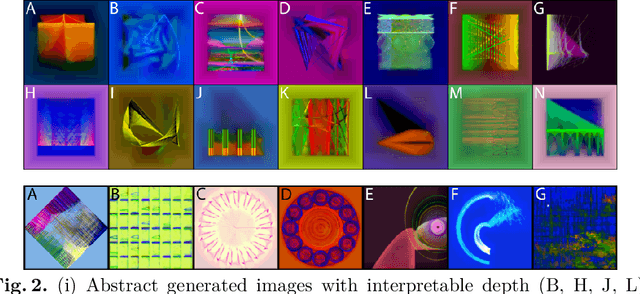
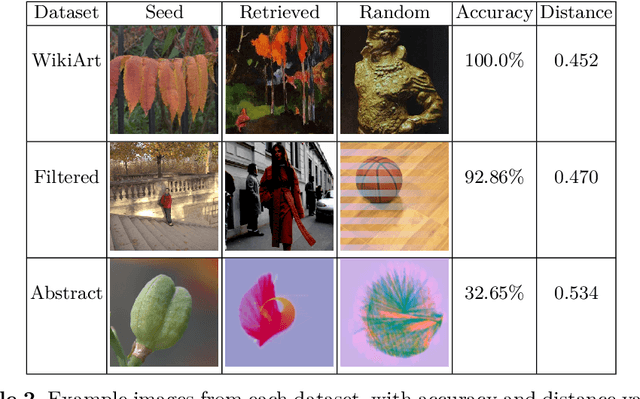
Abstract:We investigate using generated decorative art as a source of inspiration for design tasks. Using a visual similarity search for image retrieval, the \emph{Camera Obscurer} app enables rapid searching of tens of thousands of generated abstract images of various types. The seed for a visual similarity search is a given image, and the retrieved generated images share some visual similarity with the seed. Implemented in a hand-held device, the app empowers users to use photos of their surroundings to search through the archive of generated images and other image archives. Being abstract in nature, the retrieved images supplement the seed image rather than replace it, providing different visual stimuli including shapes, colours, textures and juxtapositions, in addition to affording their own interpretations. This approach can therefore be used to provide inspiration for a design task, with the abstract images suggesting new ideas that might give direction to a graphic design project. We describe a crowdsourcing experiment with the app to estimate user confidence in retrieved images, and we describe a pilot study where Camera Obscurer provided inspiration for a design task. These experiments have enabled us to describe future improvements, and to begin to understand sources of visual inspiration for design tasks.
 Add to Chrome
Add to Chrome Add to Firefox
Add to Firefox Add to Edge
Add to Edge